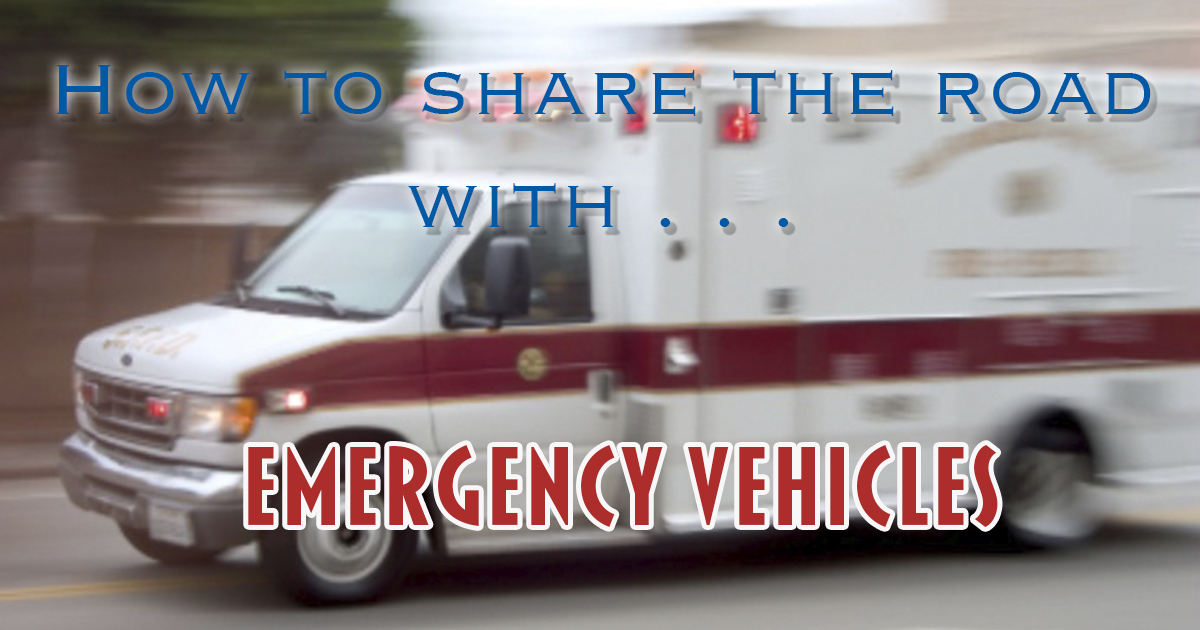How to Share the Road With Emergency Vehicles

You’re calmly driving down the highway on your way to work, thinking about your plans for the weekend, and wondering why your dog didn’t want to eat breakfast today—basically a typical morning.
And then you hear it.
The sirens.
After a quick glimpse at your speedometer (don’t worry, you’re within the speed limit), you realize the sirens aren’t for you. It’s an ambulance, and you can see in the rearview mirror that the flashing lights are coming up behind you.
What should you do?
Move over ASAP
Actually, you don’t even have to wonder about what your next step should be. The laws of the United States are crystal clear about sharing the road with emergency vehicles.
When you see the lights and hear the siren of a police car, an ambulance, or a fire truck, you need to follow the “Move Over” law. Yes, it’s a real law. Your goal should be to move your vehicle safely out of the way of any emergency vehicle that is coming towards you, whether it’s from behind or in front of you.
The reason for this is simple: to save lives. Sadly, almost half of all law enforcement officers killed in the line of duty lose their lives in traffic incidents.
Let’s go over some different scenarios to see what you should do.
When the vehicle is behind you
- Slow down.
- Pull your vehicle onto the right shoulder. (If you’re on a multi-lane road and can’t get all the way over to the shoulder, move as far to the right as you can.)
- Stop.
When the vehicle is coming towards from the opposite direction
You should also pull over to the right and come to a complete stop until the emergency vehicle passes.
When you see a stopped emergency vehicle
If an emergency vehicle is stopped on the side of the road with its emergency lights on, slow down immediately and pass with caution. Where possible, move into a lane a bit farther away, to give the emergency vehicle extra space to operate.
Before you return to the road
When the vehicle has passed, your first impulse may be to continue on your journey as fast as possible. However, keep an eye out for other emergency vehicles that may be following the first one. Look in all directions, don’t forget to use your turn signal and then ease back onto the road.
Do you want to know the specific law for your state? Check out the AAA website to see what applies to your home area.
- 2023
- 2022
- 2021
- 2020
- 2019
- 2018
- 2017

